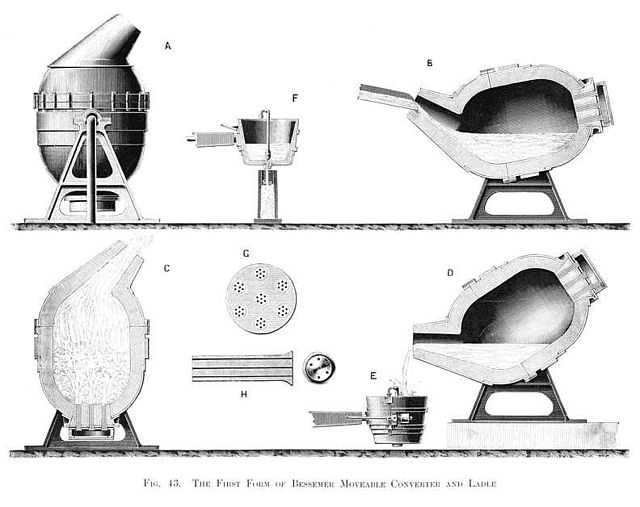The Industrial Revolution, sometimes divided into the First Industrial Revolution and Second Industrial Revolution, was a period of global transition of the human economy towards more widespread, efficient and stable manufacturing processes that succeeded the Agricultural Revolution. Beginning in Great Britain, the Industrial Revolution spread to continental Europe and the United States, during the period from around 1760 to about 1820–1840. This transition included going from hand production methods to machines; new chemical manufacturing and iron production processes; the increasing use of water power and steam power; the development of machine tools; and the rise of the mechanized factory system. Output greatly increased, and the result was an unprecedented rise in population and the rate of population growth. The textile industry was the first to use modern production methods, and textiles became the dominant industry in terms of employment, value of output, and capital invested.

A Roberts loom in a weaving shed in the United Kingdom in 1835
A handloome weaving from William Hogarth's Industry and Idleness in 1747
John Lombe's silk mill site today in Derby, rebuilt as Derby Silk Mill
A weaver in Nürnberg, c. 1524
Second Industrial Revolution
The Second Industrial Revolution, also known as the Technological Revolution, was a phase of rapid scientific discovery, standardisation, mass production and industrialisation from the late 19th century into the early 20th century. The First Industrial Revolution, which ended in the middle of the 19th century, was punctuated by a slowdown in important inventions before the Second Industrial Revolution in 1870. Though a number of its events can be traced to earlier innovations in manufacturing, such as the establishment of a machine tool industry, the development of methods for manufacturing interchangeable parts, as well as the invention of the Bessemer process and open hearth furnace to produce steel, the Second Industrial Revolution is generally dated between 1870 and 1914.
An Austrian railway in 1895
A telegraph key used to transmit text messages in Morse code
The ocean liner SS Kaiser Wilhelm der Grosse, a steamboat. As the main means of trans-oceanic travel for more than a century, ocean liners were essential to the transport needs of national governments, commercial enterprises and the general public.
A diagram of the Bessemer converter. Air blown through holes in the converter bottom creates a violent reaction in the molten pig iron that oxidizes the excess carbon, converting the pig iron to pure iron or steel, depending on the residual carbon.








